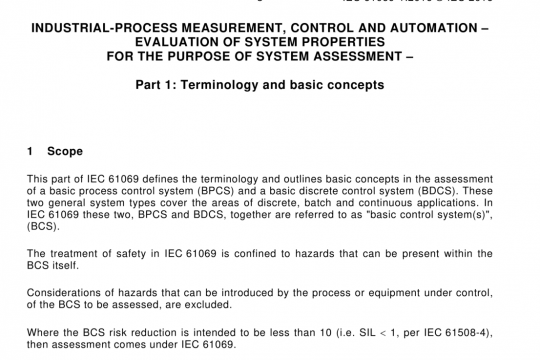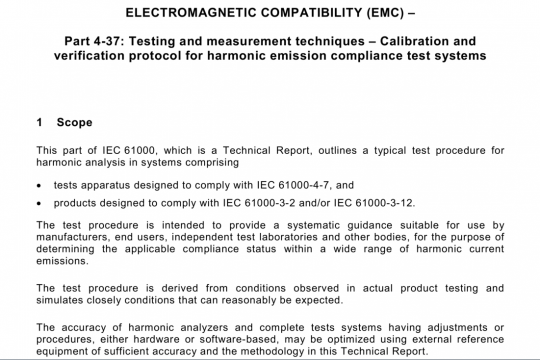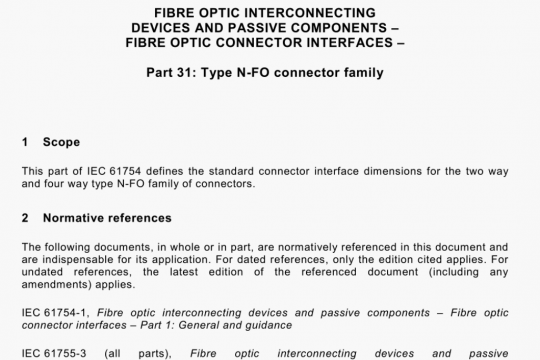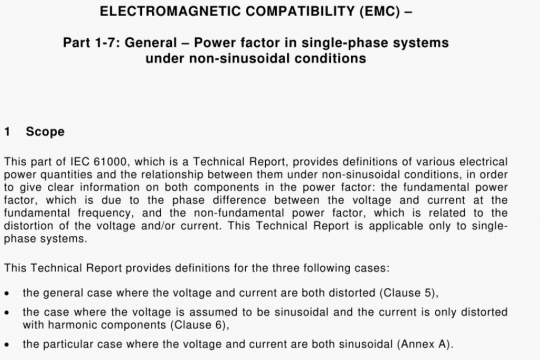BS IEC 62047-31 pdf free download
BS IEC 62047-31 pdf free download.Semiconductor devices – Micro- electromechanical devices Part 31: Four-point bending test method for interfacial adhesion energy of layered MEMS materials.
5.2 Test machine
The test machine is a universal testing machine with a compressive loadcell, a servomotor, a linear guide, and a displacement sensor. Using a four-point bending fixture as shown in Figure 2, a pure bending moment is applied to a test piece with layered materials. The diameter of the loading pins should be larger than the thickness of the test piece and five times less than the length of the test piece. The load and the displacement shall be measured using a loadcell and displacement sensors installed on the universal testing machine during the test. The resolution of the loadcell shall be less than 1/100 of the critical load for interface cracking, and the resolution of the displacement sensor shall be less than 1/100 of the maximum stroke during the test. The loading speed shall be chosen in a range from 0,000 1 mm/s to 0,1 mm/s for steady state interfacial cracking without any inertial effect. The behaviour of crack extension shall be recorded at a speed larger than 10 Hz using a camera with a microscope objective of 20x or more.
5.3 Test procedure
The test procedure Is as follows:
a) Install a test piece on the four-point bending fixture of the test machine. The longitudinal direction of the test piece shall be aligned with the longitudinal direction of the fixture, and the deviation angle shall be less than 1 0
b) Apply a bending moment to the test piece to initiate a crack from the machined pre-crack or notch. This is for introduction of an interface crack at the weakest interface, and the application of bending moment shall be controlled by a displacement of the test machine. When the crack starts to extend, the actuator of the test machine shall be stopped to prevent the test piece from complete delamination. When the interface is brittle, and the adhesion energy is low, the test piece is susceptible to complete delamination after initiation of (lie crack at (lie machined pre—crack. When the initiated crack does not touch any material interface of the test piece, the displacement of the test machine shall be increased to grow the crack further. The test machine shall be stopped and unloaded as soon as the interface crack is formed.
c) Apply a bending moment again to the test piece with the interface crack at a material interface, and record the load and the displacement during the test. The crack motion shall be recorded to interpret the physical meaning of the measured critical energy release rate.
d) Unload the test piece after a testing period. After testing, remove the test piece from the test machine with caution for additional damage on the fractured surfaces of the test piece. If possible, preserve the test piece for investigation using electron and optical microscopes.
e) Check the measured load-displacement curves according to Annex A. To obtain the interfacial adhesion energy, the interfacial cracking should proceed in a steady-state manner and the load-displacement curve should be as in Figure Ala). This test method is invalid when the interfacial cracking is not in a steady-state.BS IEC 62047-31 pdf download.




